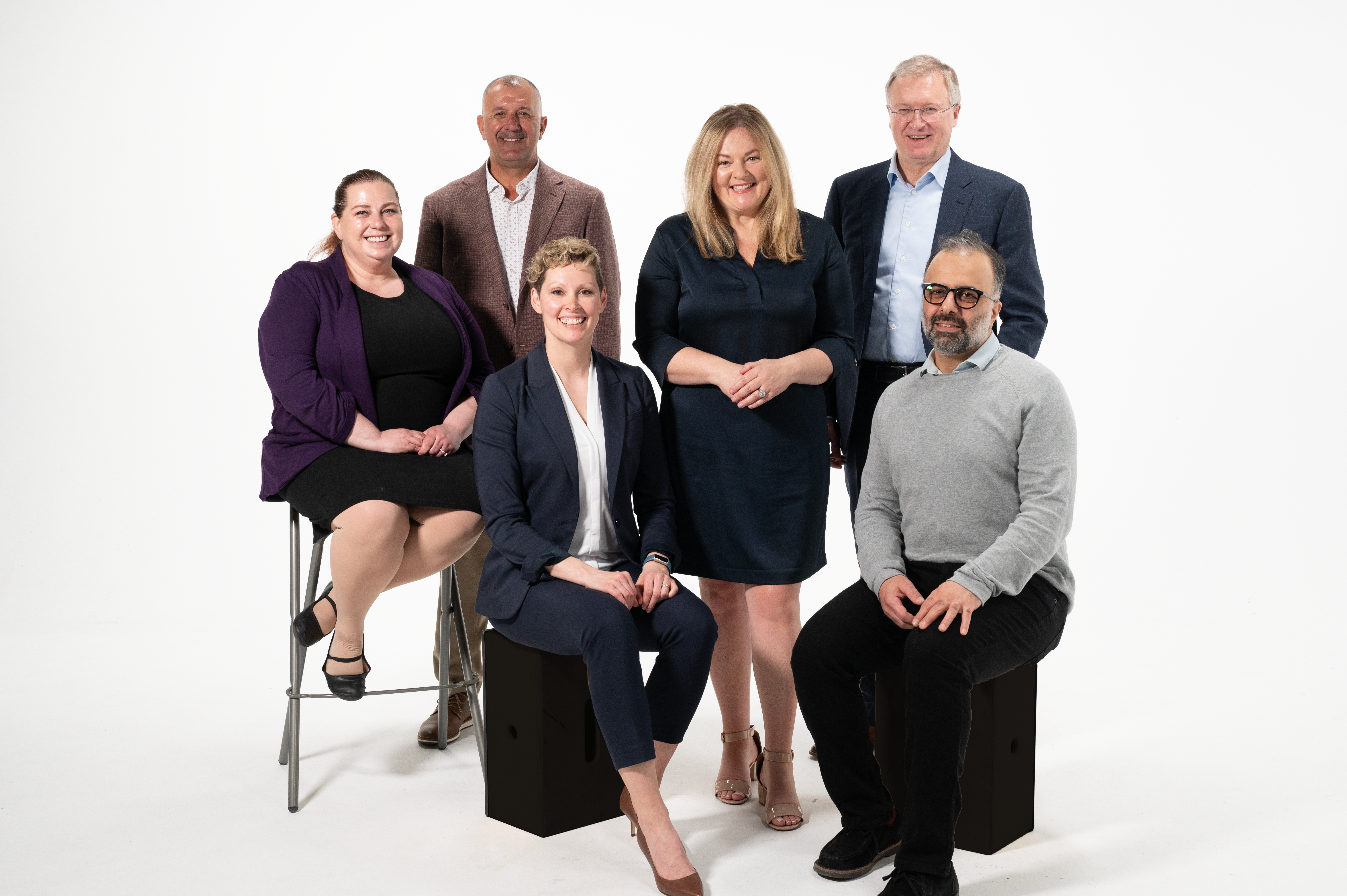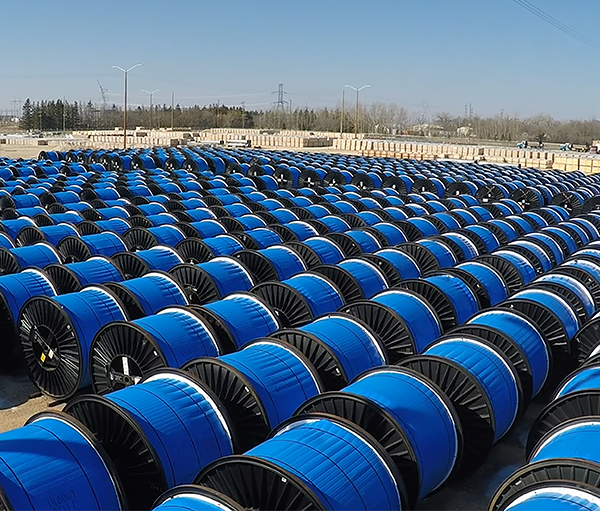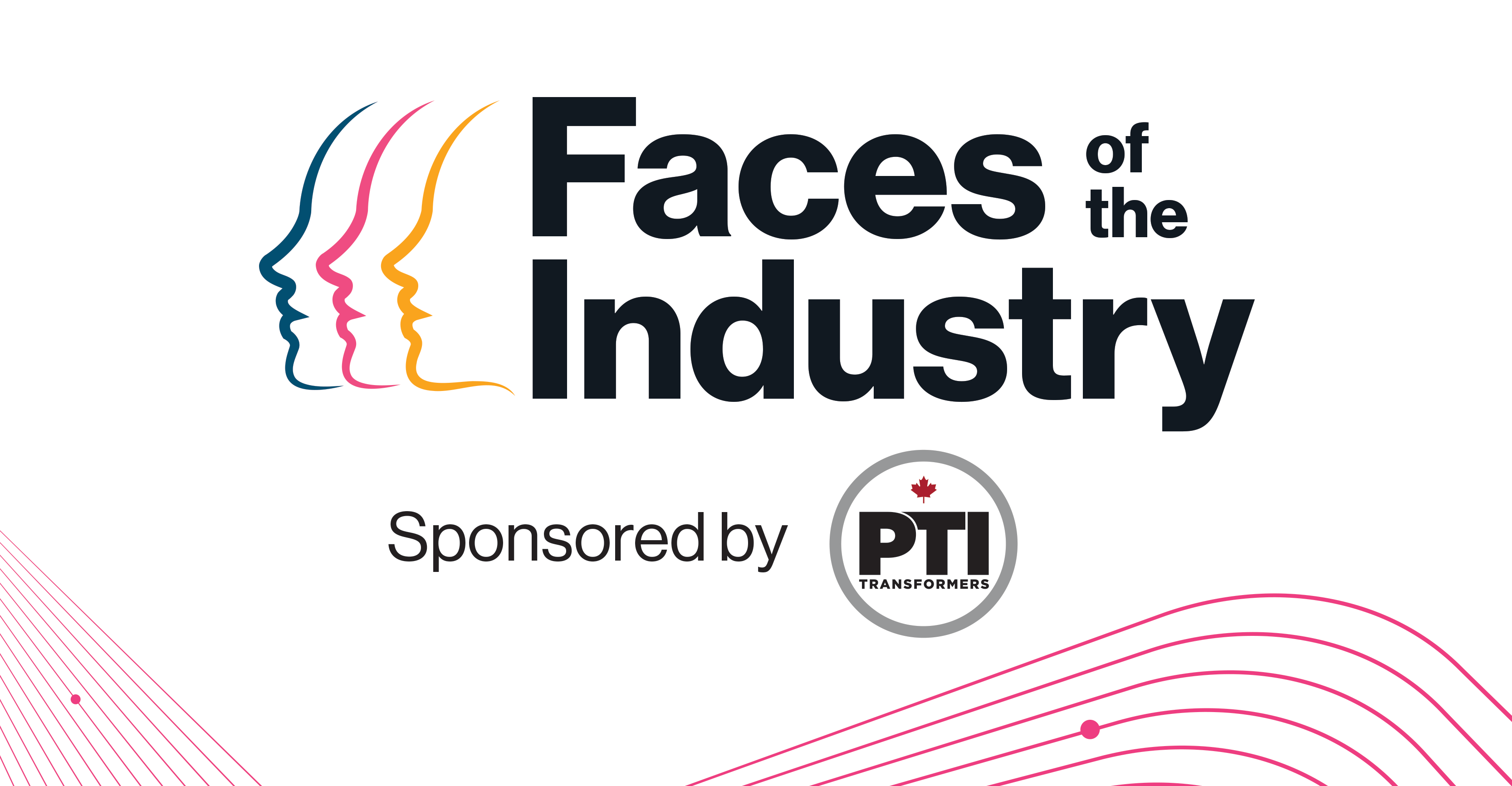
Issue 66 - June 2024
Introducing the Faces of the Industry
On Monday April 29th, Electricity Canada welcomed the six winners of the inaugural Faces of the Industry award to a reception in downtown Ottawa. Chosen by an independent panel of judges these individuals were from all regions of Canada and represented every areas of the electricity industry. Electricity Canada’s Director of Communications Graeme Burk, sits down with Current Affairs to discuss where it all fits into National Electricity Month.
Hi Graeme, thank you for talking with us. Tell us how the Faces of the Industry award came about and how is it unlike than anything Electricity Canada has done before?
We have a lot of great awards that Electricity Canada gives out every year for sustainability, reliability, and for occupational health and safety to name a few. When we were looking at those awards we noted that they're all corporate: they're mostly about things our members have accomplished as an organization. We saw a gap there because the electricity sector as a whole is full of really talented people. And we wanted to celebrate that.
We work in an industry that encompasses everything from engineers to people who work with customers, to people who innovate in science and biology, to people who do communications - all these things are a part of the work. We thought an award that celebrated individual achievement in the electricity sector would be a really good thing.
Who are this year’s Faces of the Industry and what makes them special?
We have such a huge breadth of people!
We have Executive Vice President of Innovation – Gary Smith from Fortis Inc. with 40 years experience in the business.
We have Kim Griffin, the Manager of Sustainability in Communications at Maritime Electric who was the face and voice during Hurricane Fiona.
Lara Ludwig, who works in Stakeholder Relations at SaskPower - her and her team helped engaged about 60,000 people in terms of helping SaskPower determine what to do next in terms of the energy transition.
Keyra Hawley is our self-proclaimed bird nerd, and she works at ATCO as an Environmental Specialist, making sure that power lines are safe for wildlife and in turn, for people.
Then there is Rick Putman, who is something of a legend. He has worked for Hydro One for many years and is one of the architects behind mutual assistance in Canada.
We also have a network engineer from Hydro Quebec, Barmak Khosravi, who innovated the telecommunications part of the electricity sector.
There were over 50 applications, is this what you were expecting?
I think at the time we did this, we were hoping that maybe we get 12 applications and so that at least there was a one in two chance of winning! We were really overwhelmed by how many applications we got. I think it speaks to how enthusiastic people in the electricity sector were about the idea of an award that celebrated an individual achievement.
The independent judging panel for this had such a hard job because all 50 of those applications were so great. We have so much to celebrate in the sector and it was just amazing to read all the stories. After carefully thinking through each application, our panel made it down to six.
What inspires you the most about the winners of the Faces of the Industry award?
I'm inspired most by their attitude. All of them are very focused on the best possible experience for customers, and for the electricity sector to do the best possible work. Basically, it's the innovation and it's the commitment to making the electricity sector the best it can possibly be for everyone.
What can Canadians expect to see from this year’s National Electricity Month campaign?
Well, this is going to be the biggest social media campaign Electricity Canada has done in quite some time. We’ll be posting content every day during National Electricity Month on Instagram, LinkedIn, Facebook and YouTube. We were very grateful to every single recipient of the award for taking the time to come to Ottawa and meeting with us and they gave really great and thoughtful interviews. We’re also putting together a short documentary about it!
National Electricity Month is something I think we should really celebrate. And what Faces of the Industry has done is reminded us that the electricity sector in Canada is made up of people. Our hashtag is “We Are Electricity” and we want people to understand that people are behind everything when it comes to electricity. You don't just turn on a light switch— electricity happens through the genius and through the talent of the people you see here in our Faces of the Industry.
For more on National Electricity Month and Faces of the Industry, stay tuned to Electricity Canada’s Instagram and LinkedIn.
Other Stories
- CAMPUT 2024: Solutions to Energize our Future and Electricity Canada’s Regulatory Forum
- Electricity Canada members provide leadership on the future of 1.8 GHz spectrum
- Power Marketers Council spring meeting
- Service Continuity Committee’s annual workshop
- Two new episodes of the Flux Capacitor
- Joint meeting with the Canadian Energy Regulatory Forum (CERF)
- Electricity Canada award applications are live
- Electricity Canada welcomes a new corporate partner
- NEW PUBLICATION: Electricity in Canada: Always On




